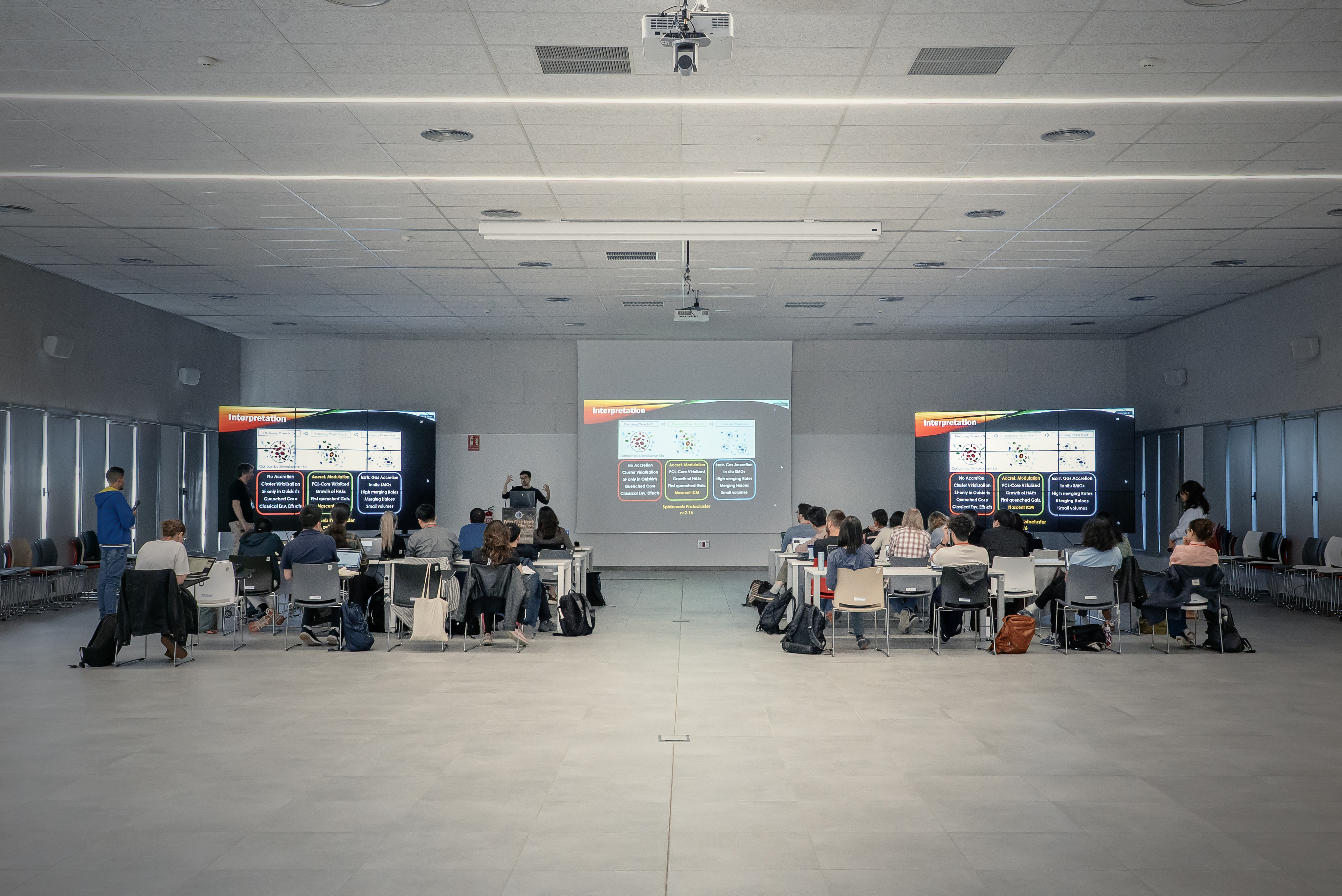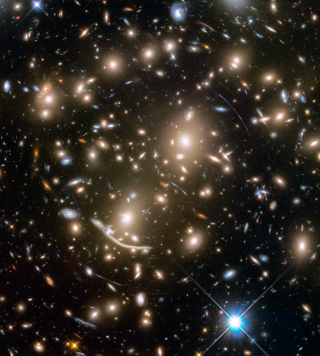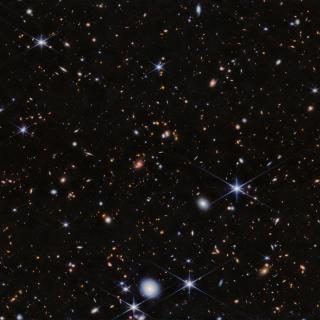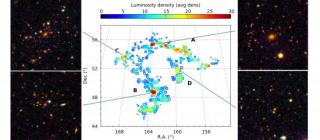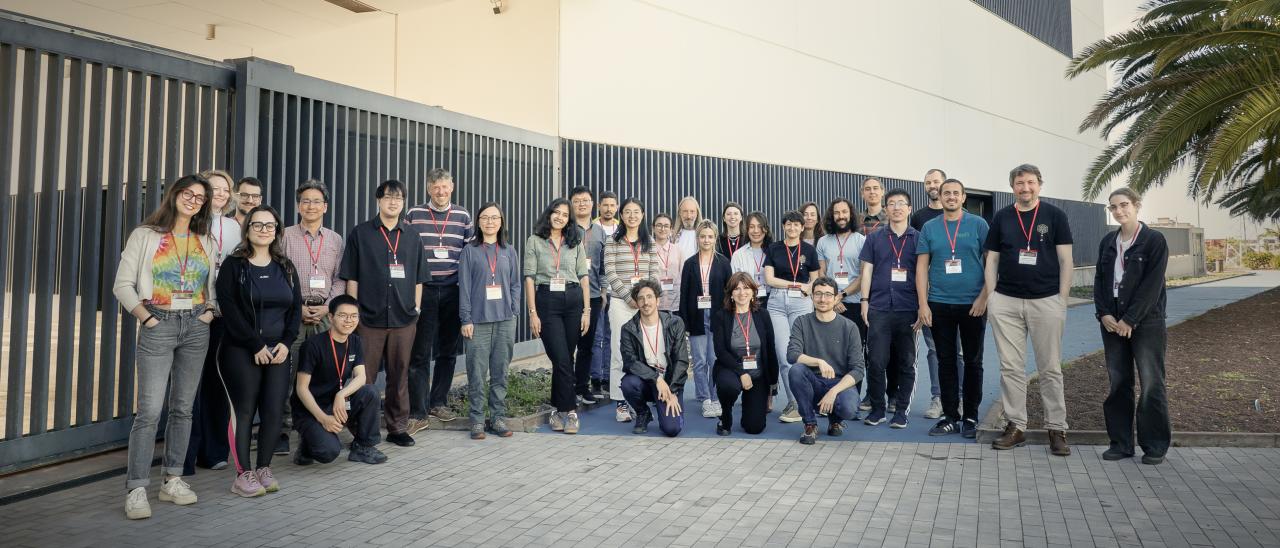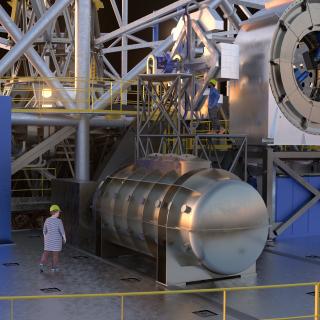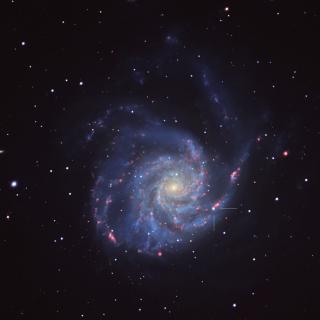The Instituto de Astrofísica de Canarias (IAC) organised the international conference From Fake News to Real Clusters: The Controversial Fate of High-z Galaxy Protoclusters, which was held at the IACTEC building of the Las Mantecas Technology Park in La Laguna (Tenerife, Spain) from 13 to 16 May 2025.
This meeting brought together around 30 researchers dedicated to the study of protoclusters and large-scale structures in the early stages of the universe. The event focused on the latest findings from multi-frequency observations and advanced modelling techniques, with a special focus on understanding the evolution of early cosmic structures.
"This international conference brought together experts in the field from eight different countries spread over three continents," explains José Pérez-Martínez, researcher at the IAC and co-organiser of the event. "A primary objective of the meeting has been to encourage interaction between early-career researchers and world leaders in the field of high-redshift protoclusters, strengthening the ties of a scientific community that will define the future of this field in the coming years," he adds.
Protoclusters and their controversial fate
High redshift galaxy protoclusters represent the primordial ‘seeds’ of the huge galaxy clusters we observe today. They are dense regions of the early universe where young galaxies, gas and dark matter began to clump together, anticipating the cosmic structures we know today.
The scientific controversy lies precisely in understanding how these protoclusters evolve and what kind of galactic structures they will eventually form. Factors such as the distribution of dark matter, the expansion of the universe and the feedback processes of the galaxies themselves play a crucial role in this process of cosmic evolution.
The conference addressed some of the key questions in contemporary astrophysics. Attendees explored why high redshift overdensities, i.e. concentrations of galaxies that existed when the universe was much younger, are important, questioning whether their extreme observational properties represent a common evolutionary phase or are simply exceptions. In addition, it has deepened our understanding of the extent to which the environment shapes galaxy populations in the early Universe, identifying the fundamental aspects that need to be investigated in the immediate future.
"This meeting has been a crucial event for advancing our understanding of the formation of the largest structures in the universe and the fundamental role played by protoclusters in this cosmic process," concludes Helmut Dannerbauer, IAC researcher and co-organiser of the workshop.
During the event, the attendees were also able to participate in a guided tour of the facilities of the Teide Observatory (OT) in which they were able to learn about the main telescopes and scientific projects being developed from this astronomical enclave on the island of Tenerife, as well as their contribution to the study of the Universe, from the IAC's Scientific Communication and Culture Unit (UC3).
More information:
Contacts at the IAC:
José Pérez-Martínez, jm.perez [at] iac.es (jm[dot]perez[at]iac[dot]es)
Helmut Dannerbauer, helmut [at] iac.es (helmut[at]iac[dot]es)
